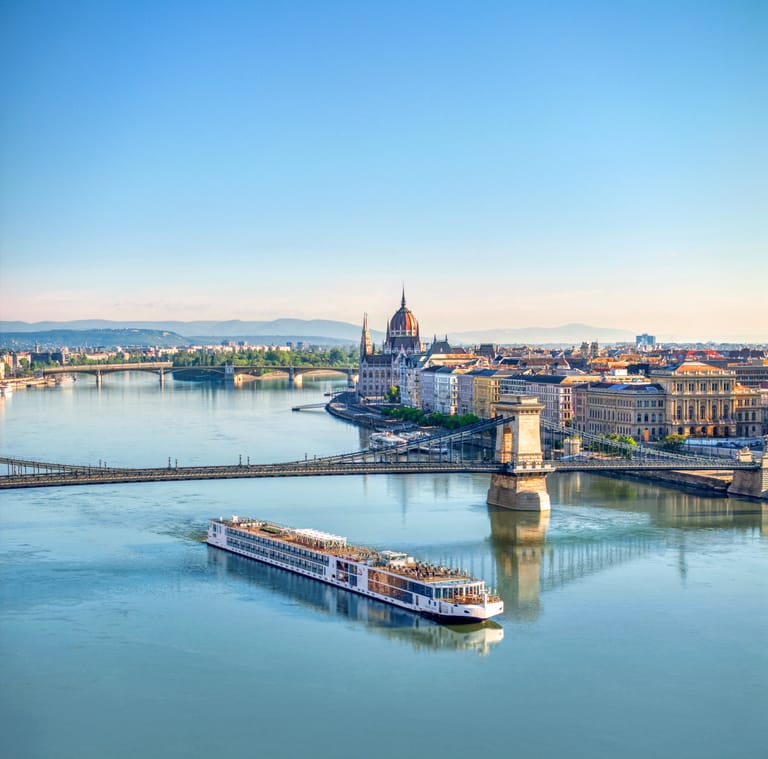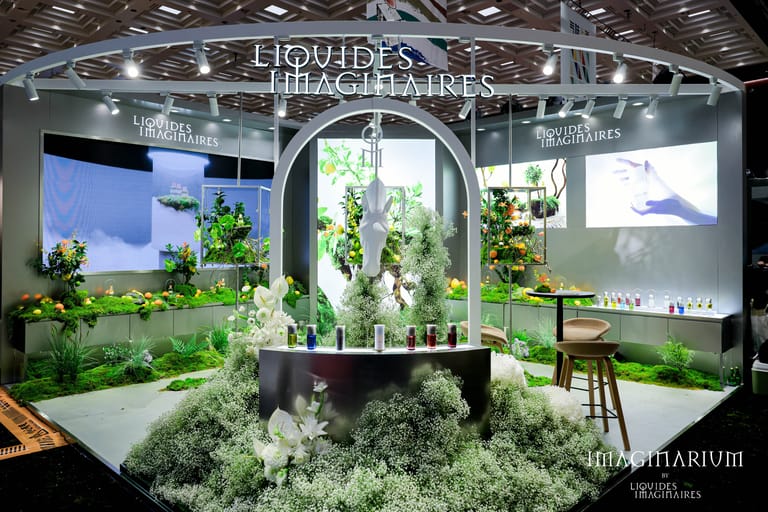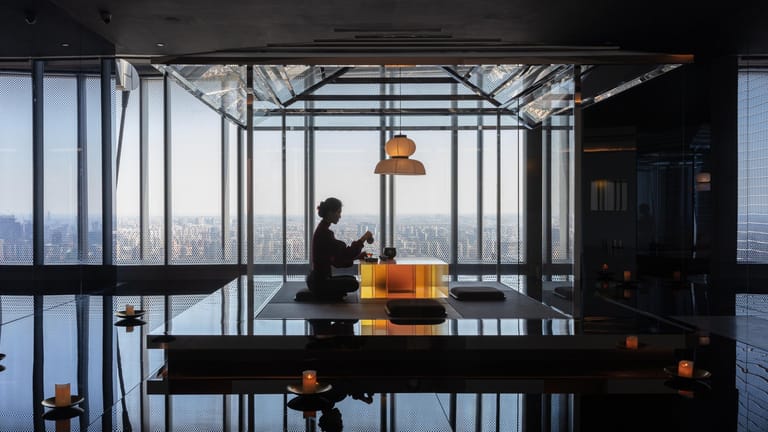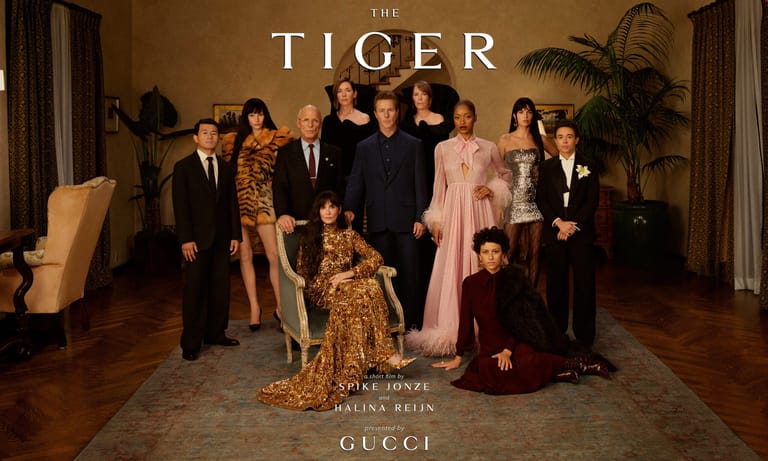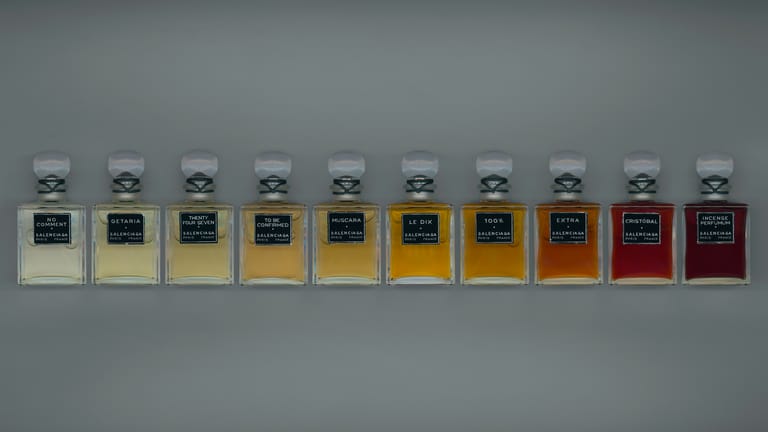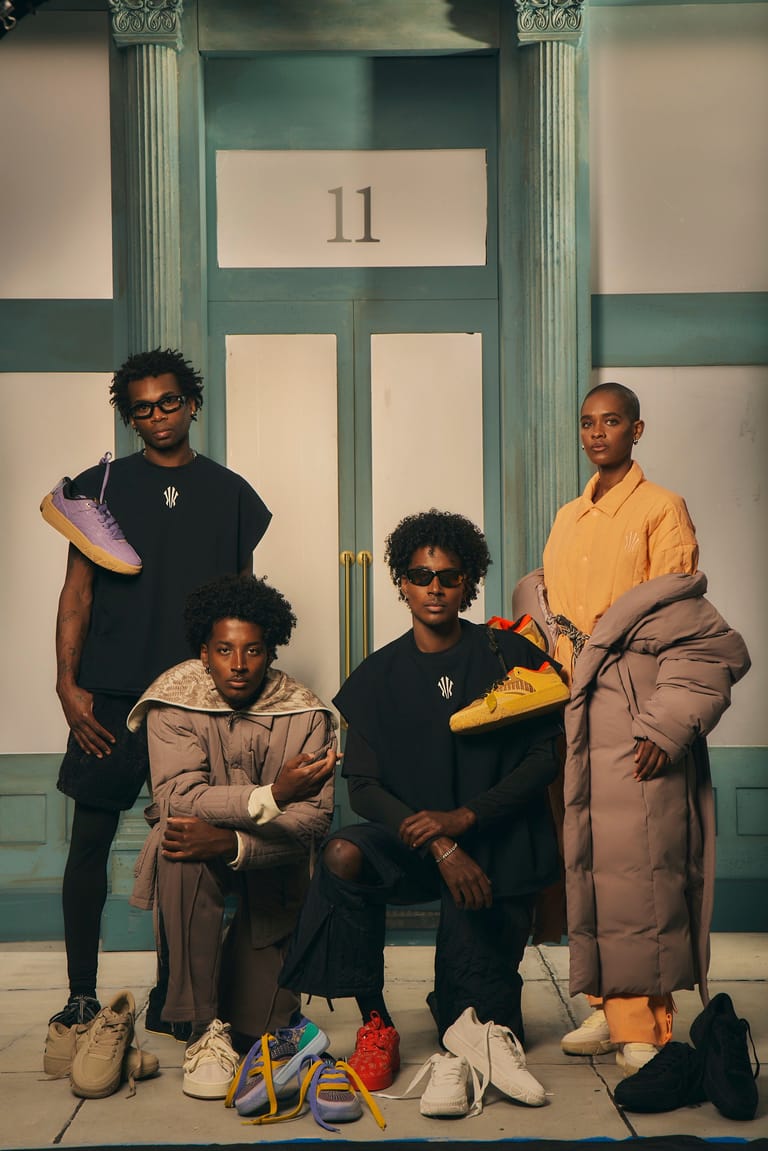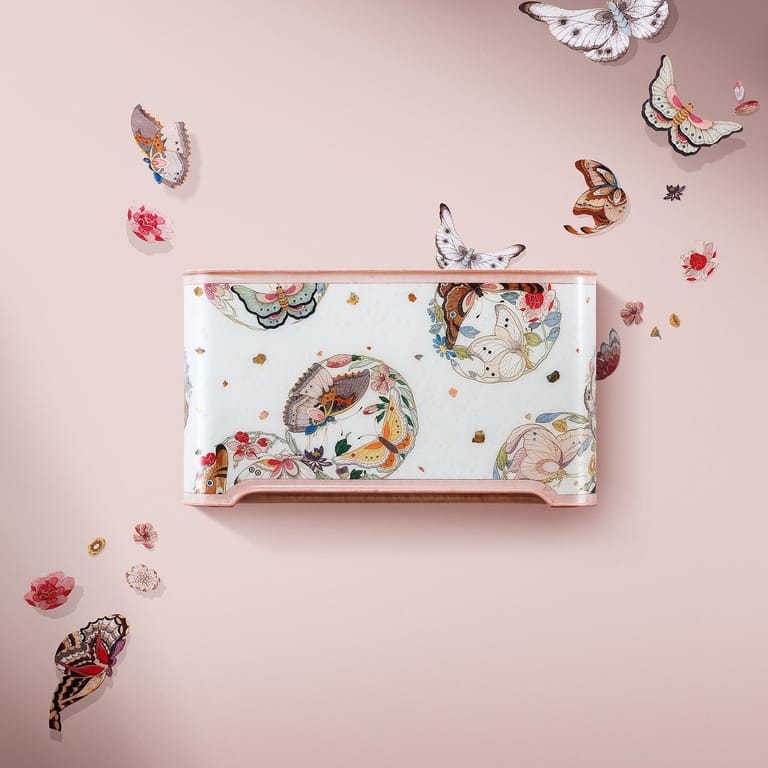Arc’teryx China Crisis: When a Brand Loses Its Way in Pursuit of Prestige
By
Huiyan Chen

Published on
September 24, 2025
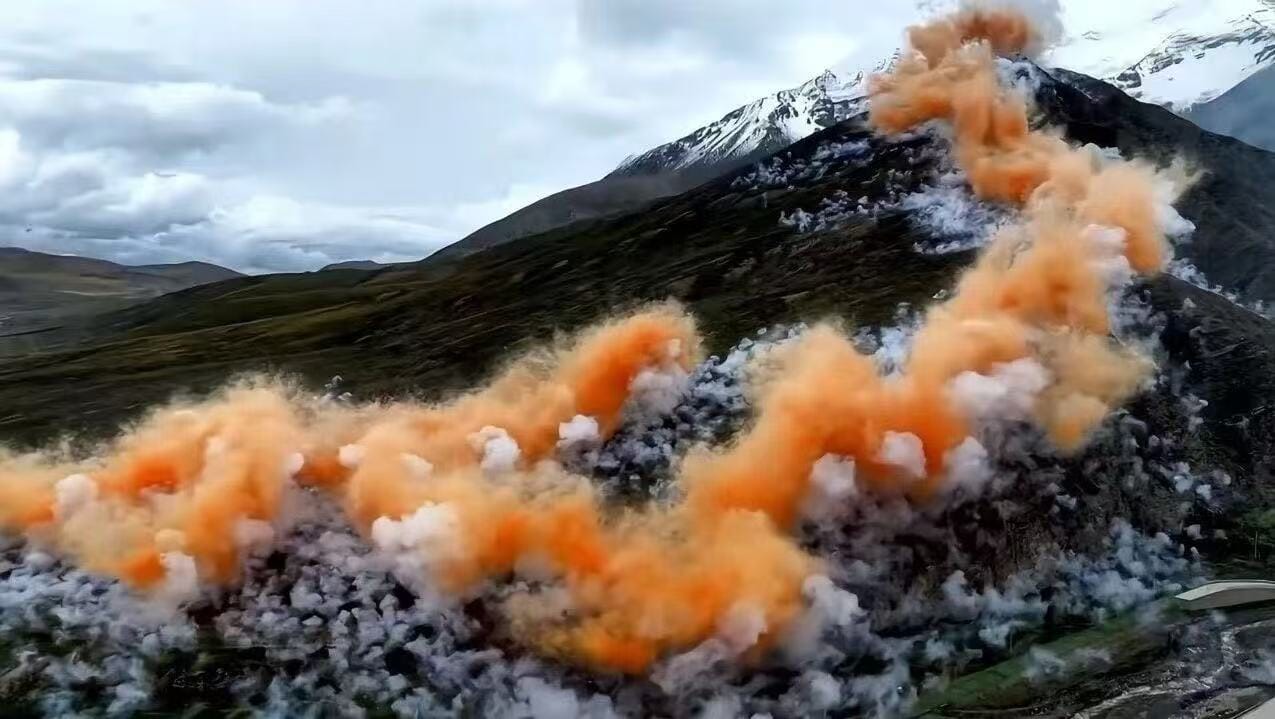
The principle of “leave no trace” lies at the heart of mountaineering culture. But in September 2025, Arc’teryx—a brand long revered for its minimalist outdoor performance ethos—found itself at the center of controversy when it chose to light up the Himalayas with fireworks.
As part of its China-focused “Pursuit of Beauty”(向上致美) initiative, Arc’teryx collaborated with Chinese artist Cai Guo-Qiang on a dramatic display titled Rising Dragon, staged in Tibet’s Gangzi region. The Arc’teryx fireworks show, meant to symbolize perseverance and vitality, instead ignited a firestorm of criticism.
The result? The Arc’teryx fireworks show is widely seen as a reputational misstep that exposed the growing tension between the brand’s luxury ambitions and its outdoor authenticity.
The Backlash: Why the Arc’teryx Fireworks Campaign Sparked Outrage
Within hours of the campaign’s release, criticism erupted across Chinese social media. Users questioned how a brand built on reverence for nature could justify launching fireworks in one of the world’s most ecologically sensitive regions. Concerns ranged from potential air and soil pollution to the disturbance of fragile alpine vegetation.
Arc’teryx issued a same-day statement defending the materials used as biodegradable and the risk level as minimal. The brand cited a “prevent-monitor-restore” framework to mitigate environmental impact. But the response did little to assuage public anger. Instead, it prompted further scrutiny from life scientists, environmentalists, and even fashion insiders, who viewed the move as textbook greenwashing.
As the backlash grew, both Arc’teryx and Cai Guo-Qiang removed the campaign video and issued public apologies on September 21. Arc’teryx acknowledged flaws in execution and pledged to incorporate third-party evaluations in future campaigns. Cai admitted his own oversight. Local environmental officials later confirmed that the event had been pre-approved and that no immediate damage was observed—but stressed that longer-term ecological monitoring would continue.
The damage to brand trust, however, had already been done.
From Outdoor Icon to Social Symbol: Arc’teryx’s Brand Transformation
To understand how Arc’teryx found itself in this situation, it’s important to recognize the brand’s recent evolution. Since its acquisition by Anta Group, Arc’teryx has expanded beyond its core mountaineering niche, positioning itself as a high-performance lifestyle brand—and increasingly, a status symbol.
The collaboration with Cai Guo-Qiang, known for luxury brand partnerships with Saint Laurent, Cartier, Mercedes-Benz, and Lancôme, underscores this ambition. Arc’teryx wasn’t just looking to connect with outdoor enthusiasts—it wanted to align itself with the cultural playbook of luxury.
Its location strategy has made this clear. Arc’teryx now occupies prime retail real estate in Shanghai’s Plaza 66 and Beijing’s Peninsula Hotel—destinations more associated with Rolex and Chanel than with Gore-Tex jackets. Last month, the brand unveiled its first global ARC’LOUNGE in the Peninsula, positioned as a “departure store” to complement its “destination stores” in Shangri-La and Beidahu.
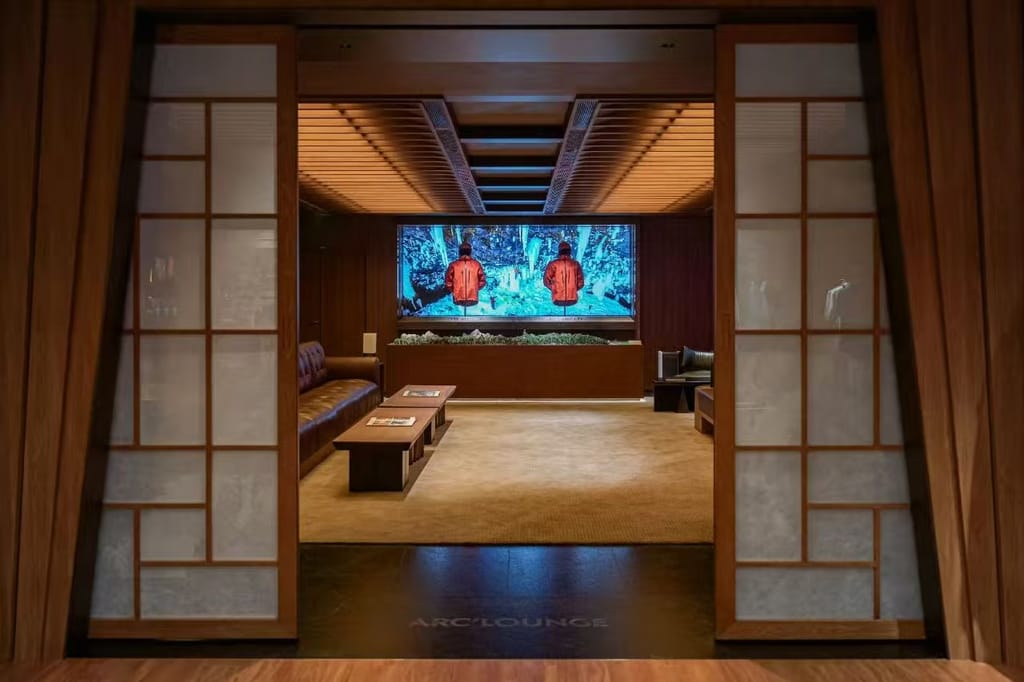
Arc’teryx’s rise as a cultural symbol has been paralleled by surging financials. According to Amer Sports’ Q2 2025 report, revenue jumped 23% to $1.236 billion, with Greater China contributing a 42% increase (to $410 million). Arc’teryx and Peak Performance, housed under the Technical Apparel division, saw 23% year-on-year growth, generating $509 million.
This momentum helped boost Amer Sports’ market valuation to $23 billion—surpassing that of its parent company, Anta Sports. For Chinese capital, Arc’teryx has become proof that it can shape a global luxury story. The brand didn’t just win over outdoor consumers—it began converting shoppers who once queued outside Louis Vuitton.
ESG or Performance Art? When Messaging and DNA Clash
Amid such success, Arc’teryx seemed to forget what made it beloved in the first place: humility before nature. The more it leaned into high-concept art and luxury spectacle, the further it drifted from the core values of its original mountain sports community.
Arc’teryx’s Rising Dragon fireworks campaign was a perfect storm of brand misalignment. In it, Arc’teryx became the protagonist—not nature. What was meant to honor the land instead centered the brand’s ambition. The audience saw not awe, but ego.
As Arc’teryx sought to elevate its social positioning, its storytelling shifted from nature-centric to self-referential—from outdoor spirit to identity-making. The result? A widening chasm between the brand and its most loyal followers.
The deeper question: Was turning Arc’teryx into a luxury brand ever the right strategy?
Authenticity vs. Optics: The Long Game Under Scrutiny
To be fair, Arc’teryx has not abandoned its mountain roots entirely. The brand has invested in community education, hosted mountaineering classes, and developed immersive retail environments that prioritize nature and storytelling. Its new Peninsula Hotel flagship dedicates over half the floorplan to experiential installations rather than merchandise.
Yet in the eyes of core users, these gestures increasingly feel like optics. In May, Arc’teryx announced the launch of China’s first world-class rock climbing destination in Fengshan, Guangxi—including the opening of a new 5.15b climbing route. But climbers questioned whether the brand’s marketing budget had outpaced its actual investment in the sport.
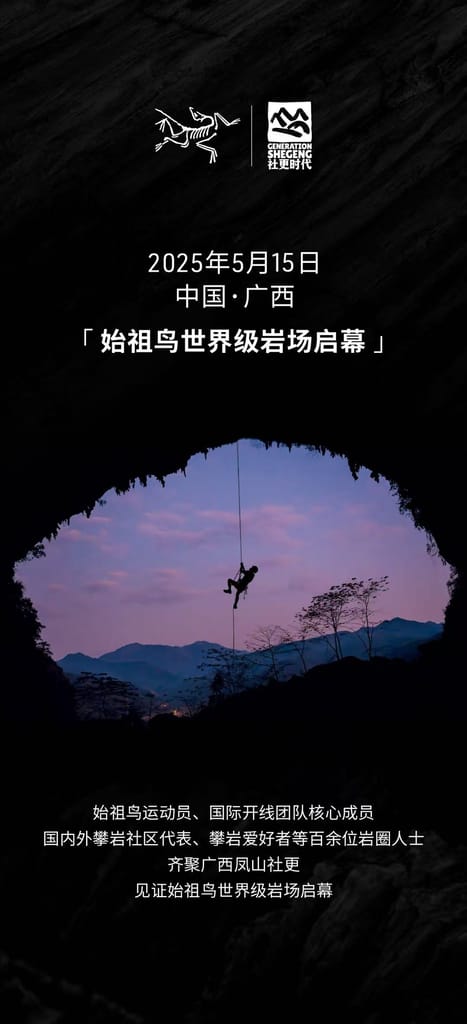
The line between storytelling and spectacle is thin. While Anta’s leadership touts Arc’teryx’s long-term vision, critics wonder whether the business logic is beginning to overwhelm brand purpose.
Arc’teryx’s Instagram apology statement reflected this tension. The tone suggested genuine shock from the brand’s global leadership—hinting that the campaign may have been driven by the China team with minimal input from headquarters. As Arc’teryx’s China revenue surges, Anta has assumed greater control over local operations. But the brand’s soul was forged in the backcountry of British Columbia—not in a Beijing boardroom.
Jingzhi Takeaway: Is Prestige Worth the Cost of Identity?
In chasing applause from capital markets, Arc’teryx may have forgotten to listen to the echoes of the mountains.
The Rising Dragon backlash isn’t just a marketing failure—it’s a case study in how brand ambition, when unchecked, can undermine authenticity. If ESG is merely aesthetic, if sustainability is reduced to slogans, then even the most respected brands can lose their way.
Luxury branding and outdoor ethos need not be mutually exclusive. But aligning them requires more than poetic imagery. It demands deep respect for the communities, cultures, and landscapes a brand claims to champion.
For Arc’teryx—and other brands straddling performance and prestige—this may be a moment not just of crisis, but of necessary reflection.


